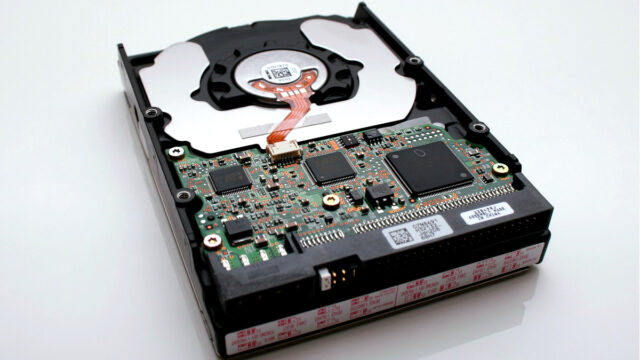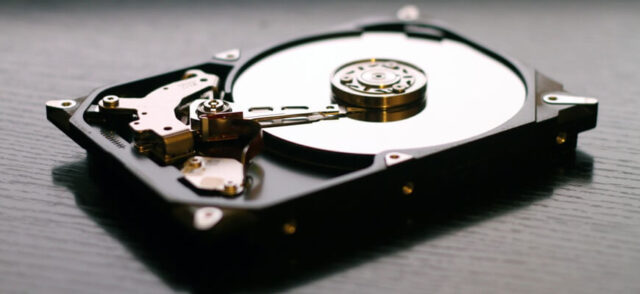
Technology has integrated itself into our daily lives and has also become one of its essentials as well. Today, it is hard to imagine a world without smartphones, tablets, personal computers, and various other electronic devices.
People use them to take pictures, surf the internet, shop, entertain themselves, for work, school, and much much more. Due to these reasons, digital data has become just as equally important.
Precious pictures, videos, significant work-related documents, contact information, and the likes are all stored on some of our devices, meaning that losing them is something many cannot afford.
But what would happen if your hard drive suddenly stopped working, your PC broke down, or you accidentally deleted an extremely important piece of data? You might be wondering what you should do in such cases.
Well, Recovering it can be a very easy thing to do, or it might become a bit more complicated depending on the issue. So, here are several different ways you can do this, as well as some tips to help you through the process.
7Before You Start
There might be a possibility that your file is not permanently deleted but simply misplaced or sent to the recycling bin. Before doing anything else, search for it in the file explorer. To do this open your ‘This PC’ folder and type the missing file’s name in the top-right corner.
If you do not find it, head on to the Recycle Bin folder and type the name there. You can also right-click inside the window, choose Sort By and then click on Date Deleted.
If you had no luck, you should also check any cloud storage service if you are using one and check your Deleted files folder. There might be a chance that anything you erased was stored there, so you will be able to restore it quickly.
If none of these options work, you are probably going to have to use one of these recovery methods in the text below or visit Data Sector.
6Using Backup for Restoration

If your backup is activated, restoring your files might actually be a very simple process. Firstly, go to the Control Panel, followed by System Maintenance. Find Backup and Restore and click either ‘restore files from backup’ or ‘Select another backup’ if the former is not available. Go along with the wizard and get your missing files back in no time.
5Utilizing a Recovery Program
You can utilize the program in two ways, one which is safer but takes more time and effort and the other which is much faster but also riskier.
4The Safer Method
Step 1 – Shut down your computer to avoid new data overwriting the deleted files from your hard drive.
Step 2 – Use a file-recovery CD or USB drive to boot your system or opt for removing your hard drive from your PC entirely and placing it as a secondary drive in another.
Step 3 – Utilize the program for drive-scanning and once that is complete, hopefully, you will be able to recover your deleted files. Remember that the quicker you shut down your computer, the better your chances of success are. If you have put off doing this for some time, do not hope to recover your data.
3The Riskier Way
If you are looking to restore something of immense importance, this is not an advisable method to use. Sure, it is much quicker, however, it can also lessen your chances of succeeding.
Step 1 – Instead of using a CD or USB drive or moving your hard drive into another device, download and install the recovery program straight to your computer.
Step 2 – Start it up, choose the drive that you erased your files from, start scanning it, and follow the wizard to retrieve them if possible. Now, keep in mind that there might be a chance that your data was overwritten and erased during the installation of this software. This is why it is a riskier option, so choose wisely.
2 Hiring a Data Recovery Service

Hiring professional services to do the job for you might be your best option, especially if you are not particularly tech-savvy. These skilled and knowledgeable individuals offer various data recovery services and they also do it for a fair price.
Using the latest technology, they can help you get back your data from hard drives, but also other devices such as memory cards, RAIDs, USBs, and more. The process usually includes:
Step 1 – Sending or personally delivering your device so that the professionals could start their free diagnosis. Once they determine what needs to be done, they will inform you about the process, as well as the price.
Step 2 – After you approve, the service will start the process of recovering your files using the latest software and innovative technology.
Step 3 – Once the restoration is successfully completed, you will be able to review your files via the company’s client portal. All that is left for you to do is go pick up your data or have it delivered to you via a courier service such as Absolutely Courier.
1Preventing a Problem is Better Than Having to Solve It

To save yourself from the hassle of having to recover lost files, you should perform regular backups. This will also increase your chances of success if you ever have to try to get them back again.
For peace of mind, consider enabling the File History and Windows Backup features on your personal computer. This way you will not lose too much data if anything goes wrong in the future. Being responsible will also save you time and money and help you avoid stress and frustration.
Conclusion
Losing important or meaningful data is actually more common than one might think, but recovering it can be a tedious and complex process.
The most important thing to remember is to stay calm and to not rush or do anything out of panic or fear to avoid worsening the situation. Simply shut down your device and use one of the methods above to, hopefully, restore your lost files.







